The ADRV9040 SoC from Analog Devices provides 400 MHz channel bandwidth across eight transmit and receive channels.
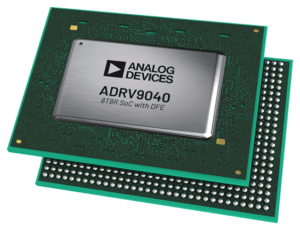 When it comes to electronics, you can never have enough integration, enough bandwidth, nor consume too little power. The ADRV9040 RF transceiver for base stations from Analog Devices brings more functions into the transceiver than in previous generations. That’s why the company calls this device an SoC.
When it comes to electronics, you can never have enough integration, enough bandwidth, nor consume too little power. The ADRV9040 RF transceiver for base stations from Analog Devices brings more functions into the transceiver than in previous generations. That’s why the company calls this device an SoC.
On the outside, the ADRV9040 doubles the number of Tx/Rx channels to eight and doubles channel bandwidth to 400 MHz.
On the inside (see block diagram), the device includes the carrier digital up conversion (CDUC) and carrier digital down conversion (CDDC) functions missing from previous generations and usually performed in an external FPGA. The ADV9040 also includes a digital front end (DFE) that provides digital predistortion (DPD) needed to linearize high-power (40 W) GaN power amplifiers and reduce charge trapping.
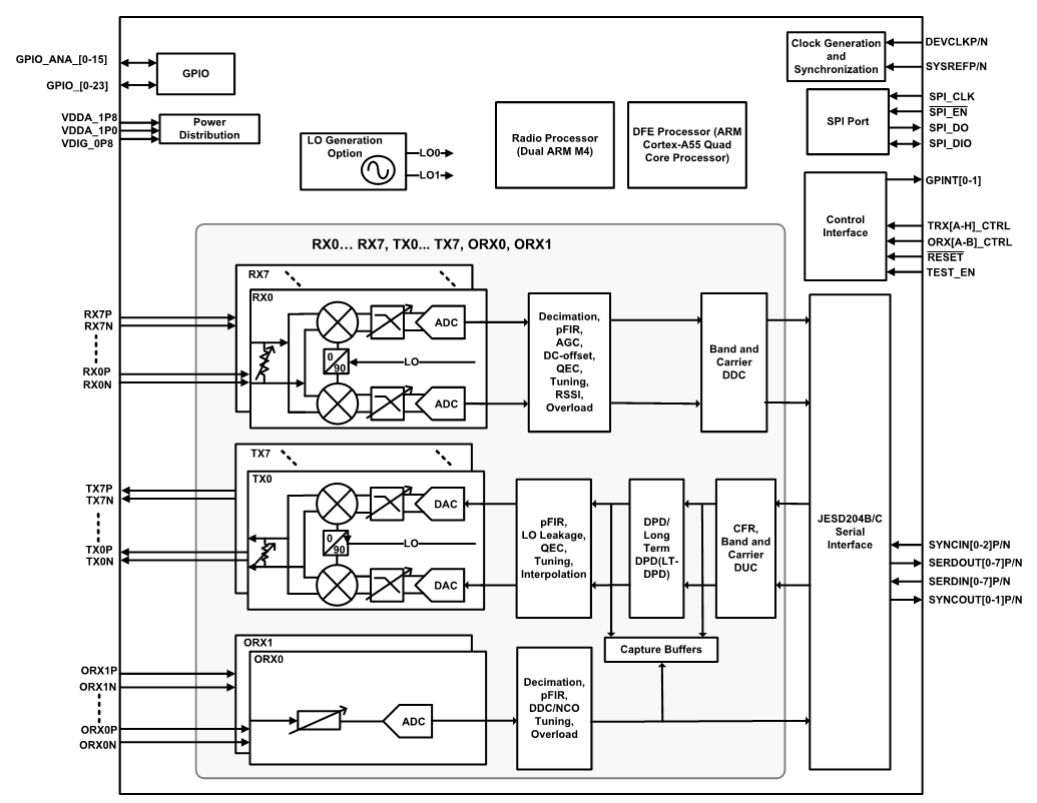 The additional integration reduces the need for external signal processing, which ADI’s Padraig McDaid told 5G Technology World in an interview. “That’s why we’re calling it a system-on-chip,” said McDaid. “It’s really a digital or software programmable RF platform.”
The additional integration reduces the need for external signal processing, which ADI’s Padraig McDaid told 5G Technology World in an interview. “That’s why we’re calling it a system-on-chip,” said McDaid. “It’s really a digital or software programmable RF platform.”
Bringing the CDUC, CDDC, and DFE functions onto the devices means that some signal processing need not occur on an external FPGA. A four-core Arm Cortex-A55 processor handles the DPD. The on-chip processing reduces the amount of data that must travel to external devices over the JESD204B/C links. In some applications, that can reduce the number of links needed to connect to external devices, reducing parts count and simplifying PCB layout.
McDaid also noted the ADRV9040’s 13 W of power consumption. That low power not only cuts electrical energy use, but it means that a radio can use a smaller heatsink, which cuts size and weight from a tower. McDaid called the power consumption “ultra-low for its product class.”

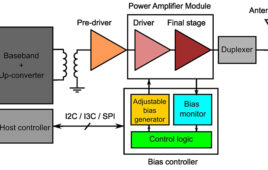
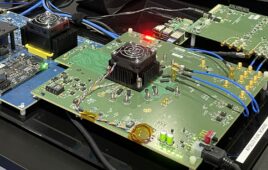

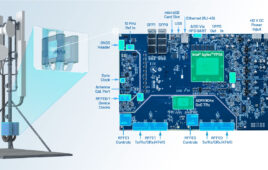
Looks pretty decent & I like Padraig McDaid’s detailed analysis but there may be issues with the JESD204B/C serial interface. In the end product stability is the critical issue. Marketing in secondary.